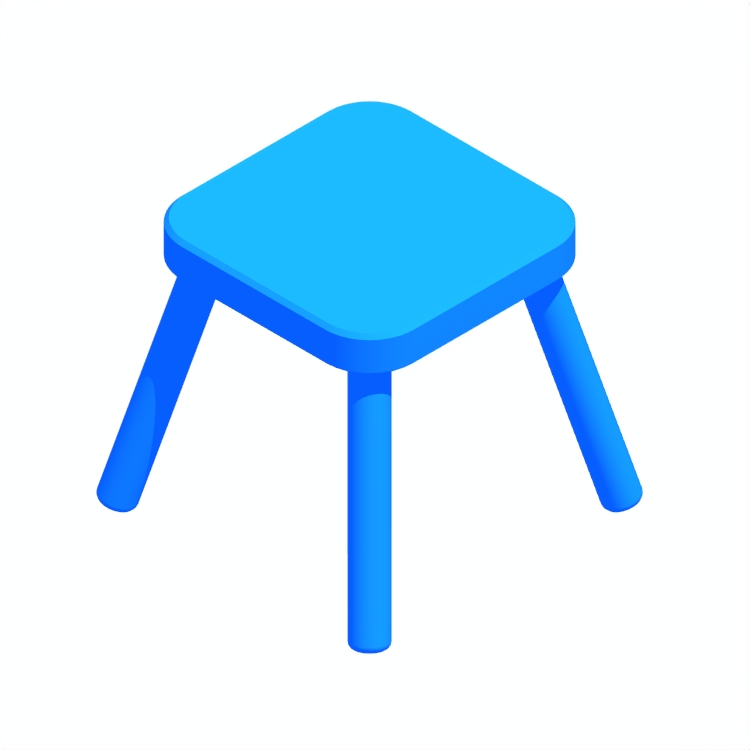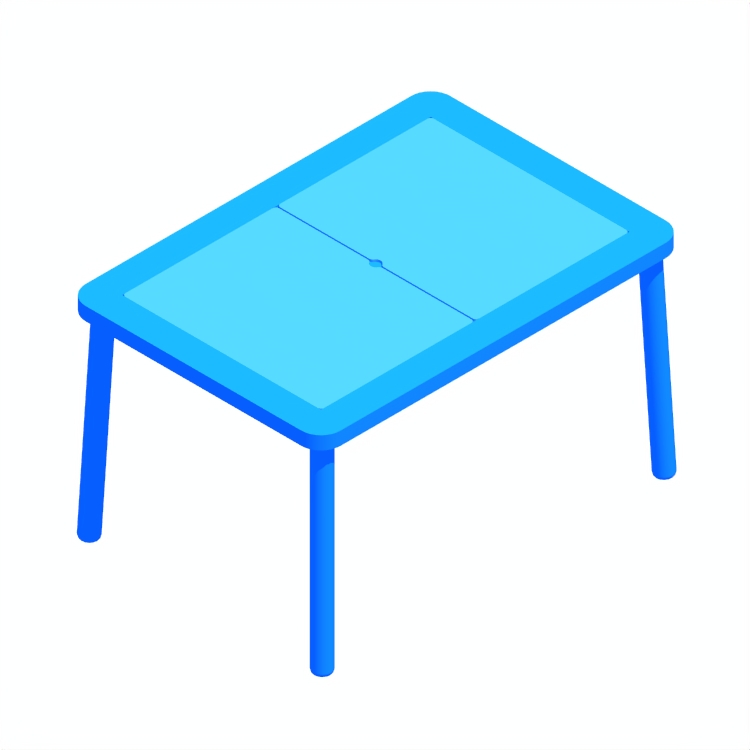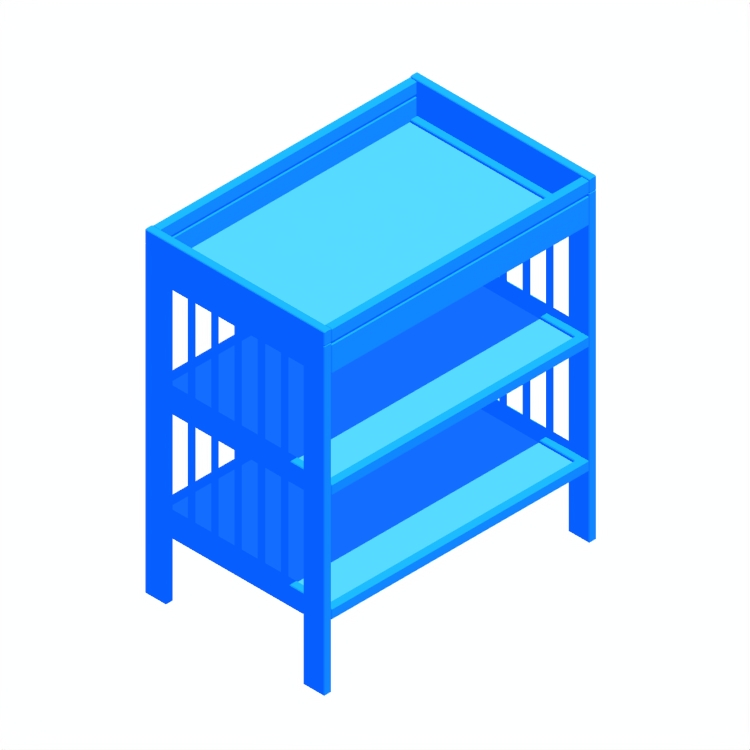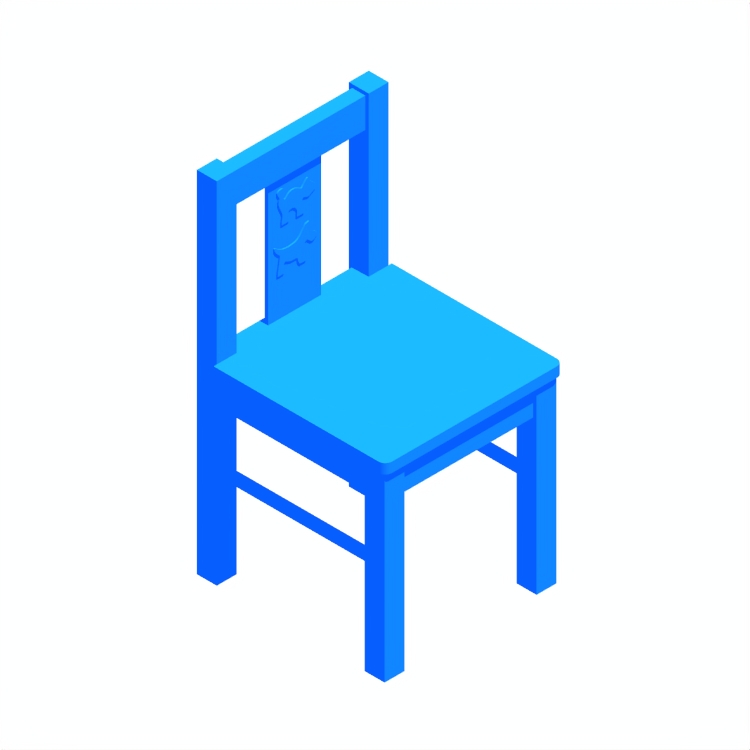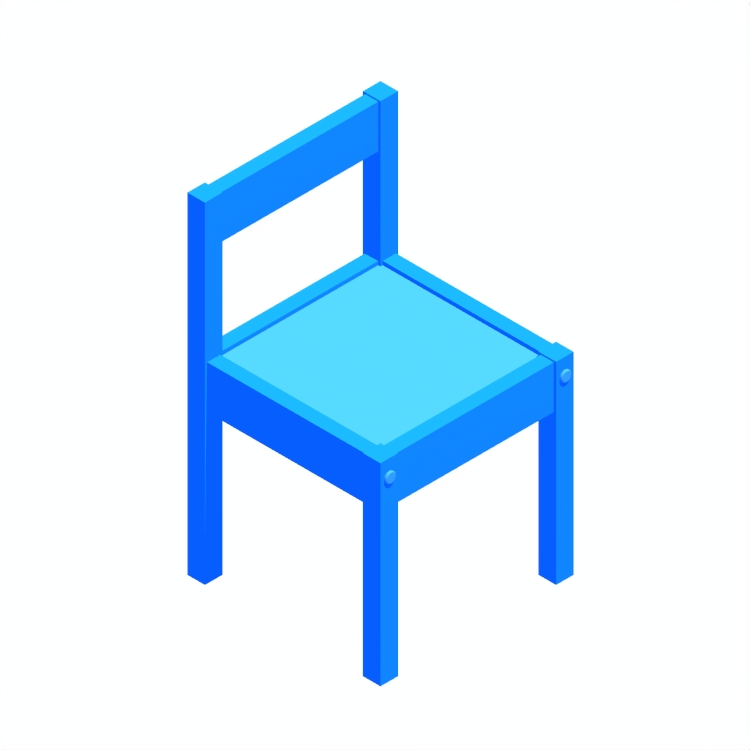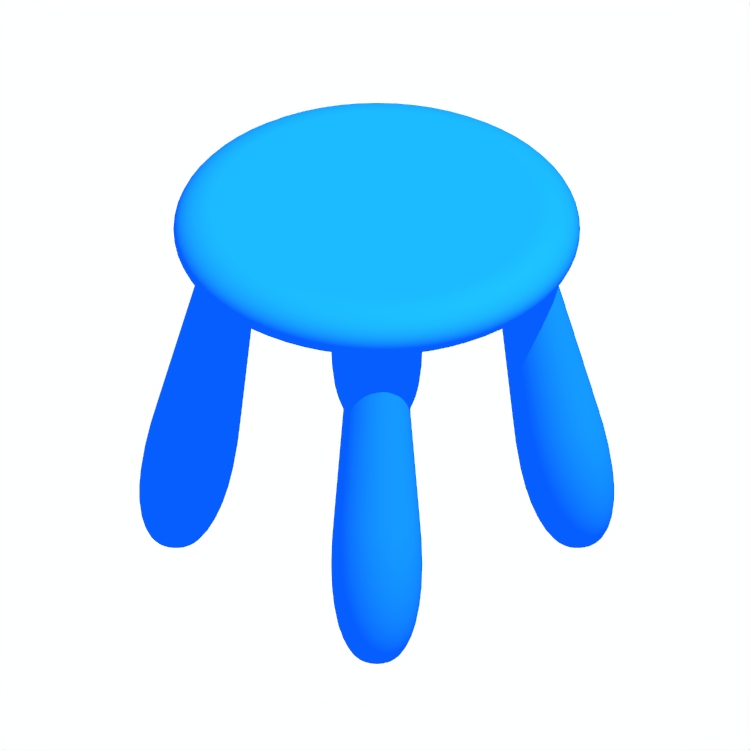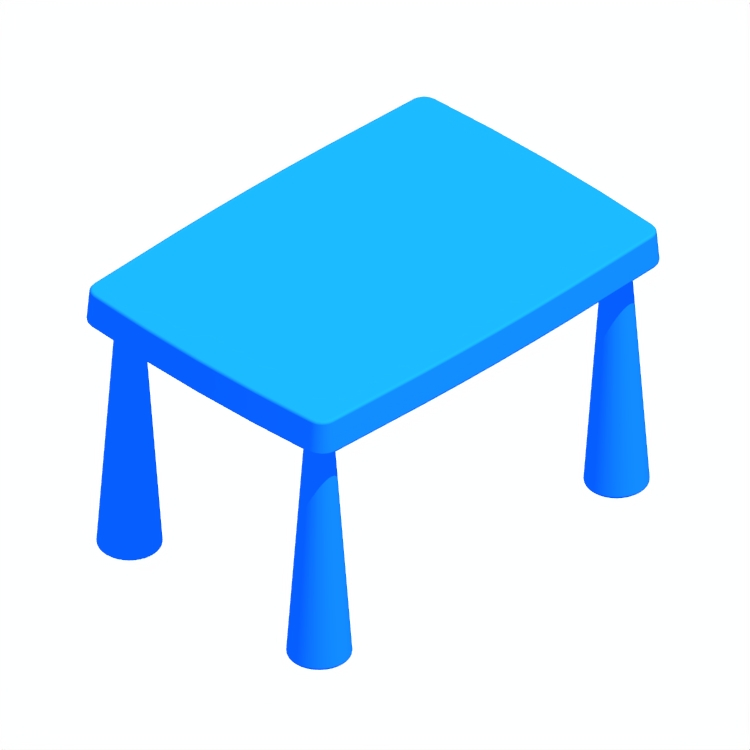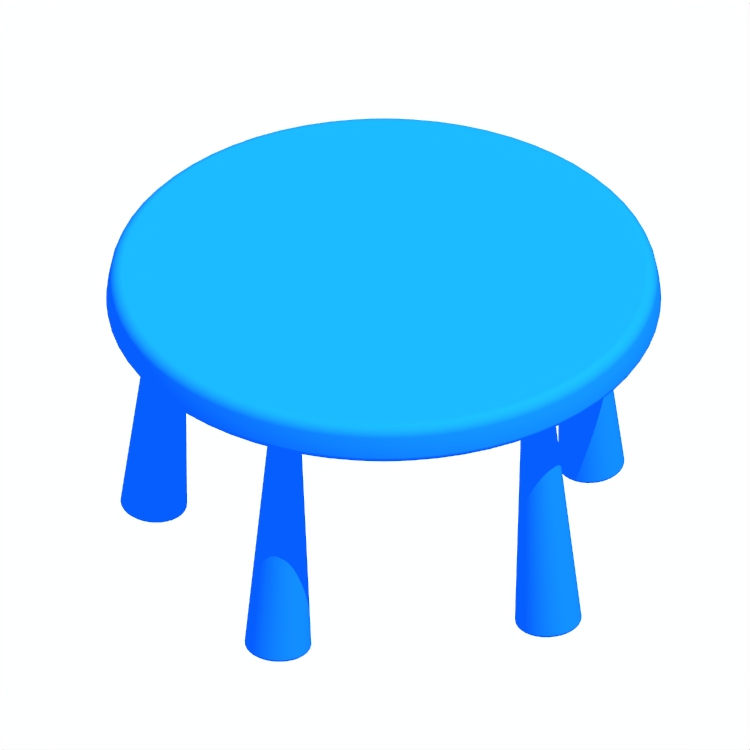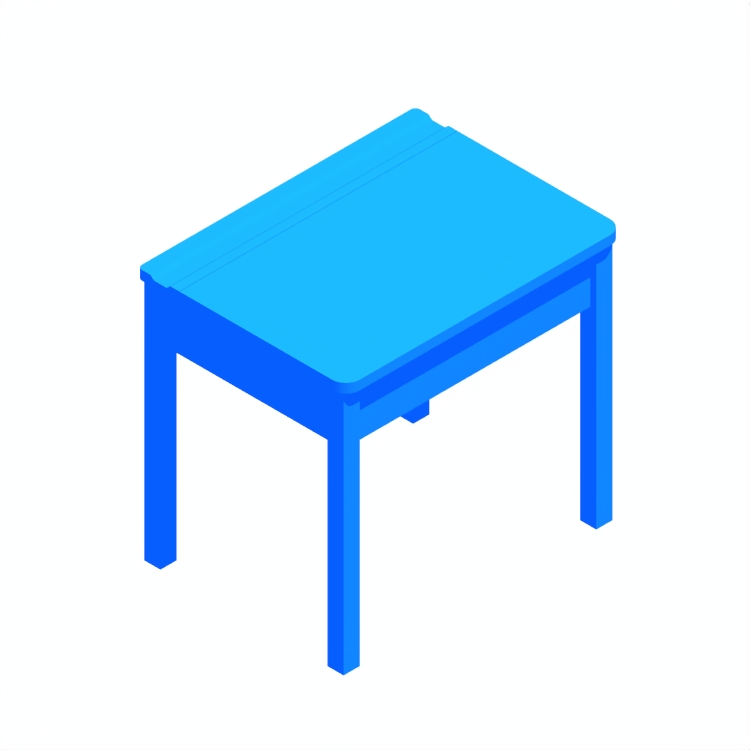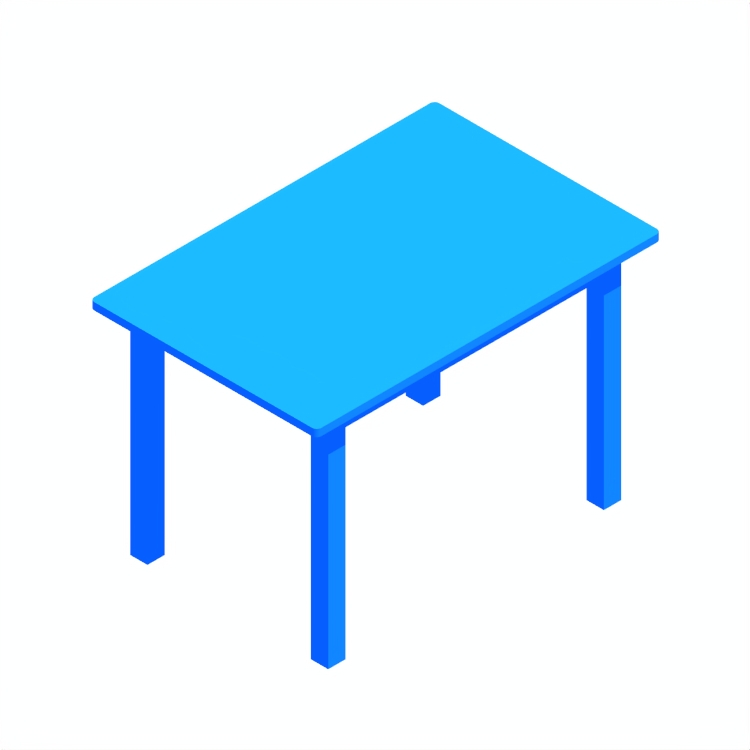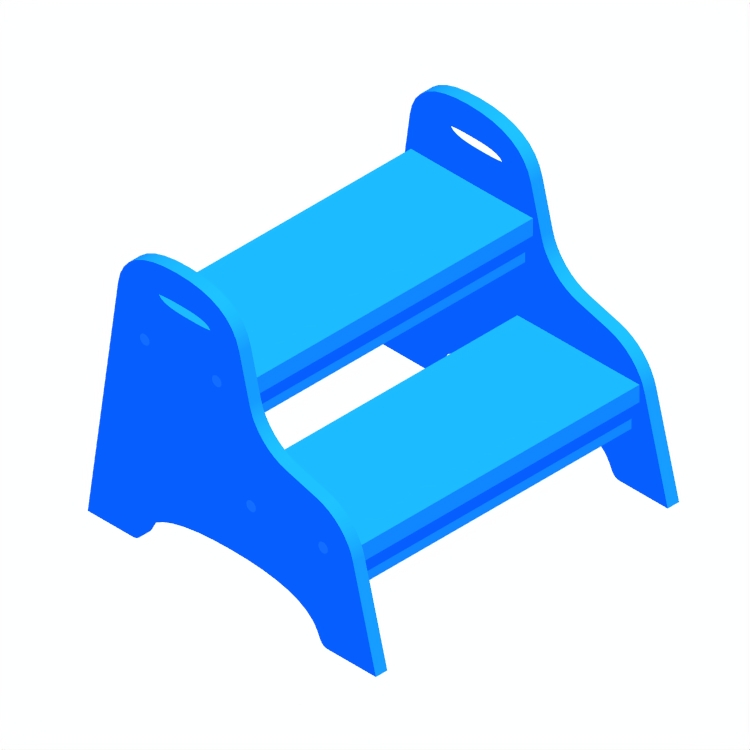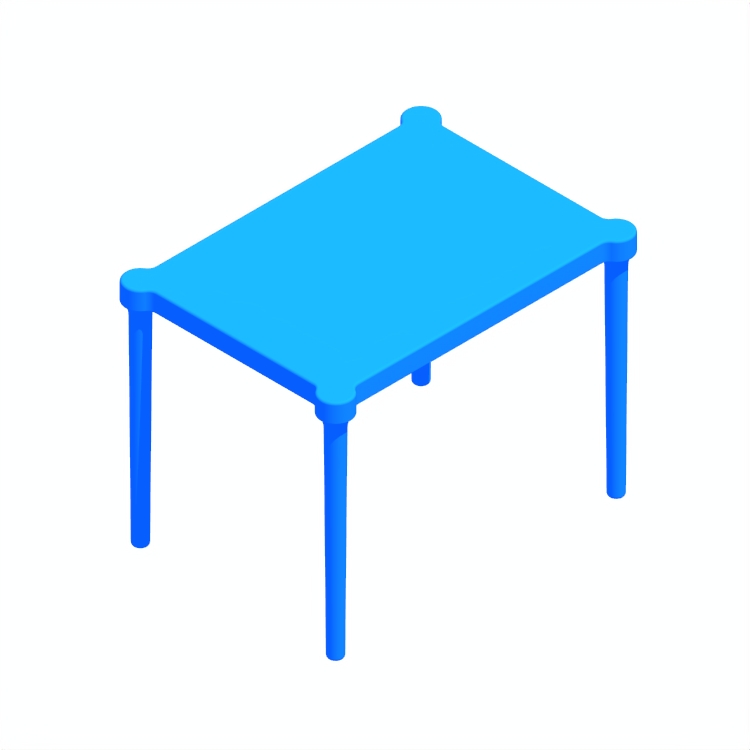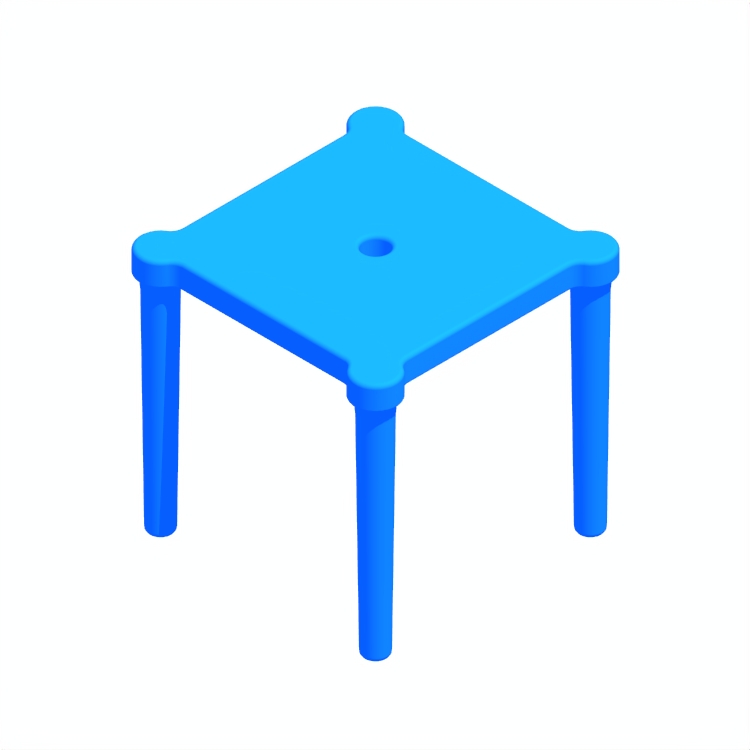
Baby & Kids Furniture includes cribs, beds, changing tables, storage units, and play furniture designed to support growth, safety, and imagination. These pieces balance practicality with comfort, using rounded edges, soft materials, and adaptable designs. Found in nurseries, bedrooms, daycares, and playrooms, they create environments where children can rest, learn, and explore independently.
Styles range from colorful, character-inspired themes to minimalist wood constructions that blend with family spaces. Beyond appearance, Baby & Kids Furniture must meet strict safety standards and evolve with age—transitioning from infant care essentials to furniture that fosters creativity, organization, and personal identity.
In earlier centuries, children often shared adult furniture or slept in small household cradles made from wood or woven materials. Over time, dedicated designs began to appear, reflecting growing attention to childhood comfort and safety. The 19th century saw the rise of specialized items like high chairs and bassinets, crafted to nurture both convenience and care.
Industrial production made these pieces more widely available, while the 20th century introduced adjustable beds, lightweight materials, and bright finishes suited to playful interiors. As ideas about childhood evolved, furniture for children shifted from purely functional objects to tools for learning, independence, and expression.
In the years ahead, Baby & Kids Furniture is moving toward adaptable, sustainable, and interactive design. Modern pieces are built to grow with children—convertible cribs that become beds, desks that adjust in height, and modular storage that reconfigures as needs change. Eco-conscious materials such as natural wood, non-toxic finishes, and recycled plastics are becoming standard.
Designers are incorporating sensory-friendly textures and calming colors to support focus and wellbeing. Digital elements like soft lighting controls or app-connected monitors are emerging subtly within traditional forms. Baby & Kids Furniture is transforming into an ecosystem of safety, growth, and creativity—supporting both development and family life.
Baby proof furniture in your home by securing top heavy furniture to the wall to keep it from being possibly tipped over. This can be done by installing furniture anchors, or L-brackets. Furniture anchors come in a wire form or strap. Stand-alone ovens should be secured closed, and TVs should be anchored even if the furniture is secured to the wall. Any furniture with sharp edges should be removed or equipped with stable foam edges to prevent injury.
Baby furniture essentials include having somewhere for the baby to sleep, be changed, store belongings, and be fed. A bassinet or crib are both options for sleep while a sturdy dresser with mat can serve as changing station. A dresser can also offer storage solutions. An armchair or rocking chair both act as furniture to feed the baby.
Choosing baby furniture depends on your baby’s needs, your personal needs, and the space you have available. If you are moving through different spaces constantly you might need different versions of baby furniture throughout your home. When choosing furniture think about quality, how functional it is for both you and your baby, and how the furniture will be used in the long-term.









